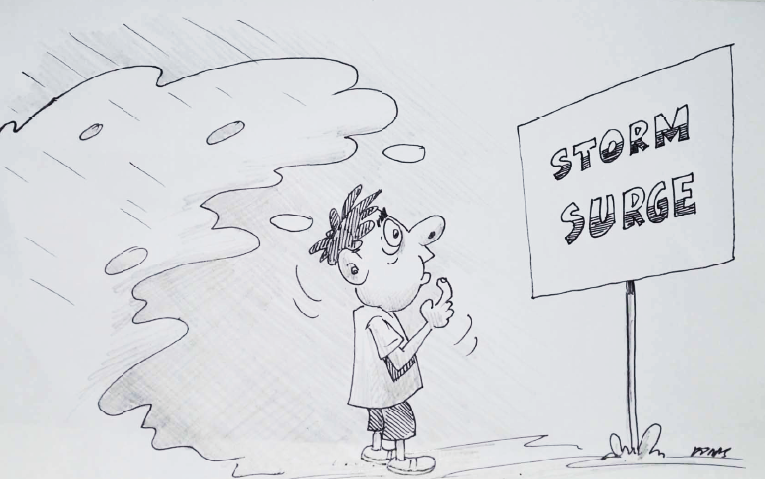The people’s inability to fully understand the term used by weather experts partly explains the big number of casualties killed during the onslaught of typhoon Yolanda.
Storm surge is indeed rather vague and unfamiliar. People could not make out nor imagine its imagery. No wonder why they hardly heeded the warning no matter how emphatic the weather authorities were in repeatedly mentioning such impending occurrence. They could have done well if they explained it with examples and illustrations.
For instance, they could have likened that storm surge to the more familiar image of tsunami, or tidal wave, which the people could figure out well. Had they done it, people could have scampered to safer grounds early on, thus avoiding an imminent death which amounted to thousands in just a matter of minutes.
Of course we know that storm surge and tsunami are different, but their only difference lies on their causes. While a storm surge is caused by an exceptionally strong storm, tsunami is caused by the earth’s underwater movements. When it comes to their effects, however, they are basically the same—the ocean splashes inland with tremendous impact.
Who would have liked the idea of being smashed with gigantic waves mixed with trash and mud? Who would want to swim in deep, rushing floodwater that could drag one above broken roofs, glasses, sharp metals and sticking-out nails? No one, for sure, if only the name storm surge was fully understood.




